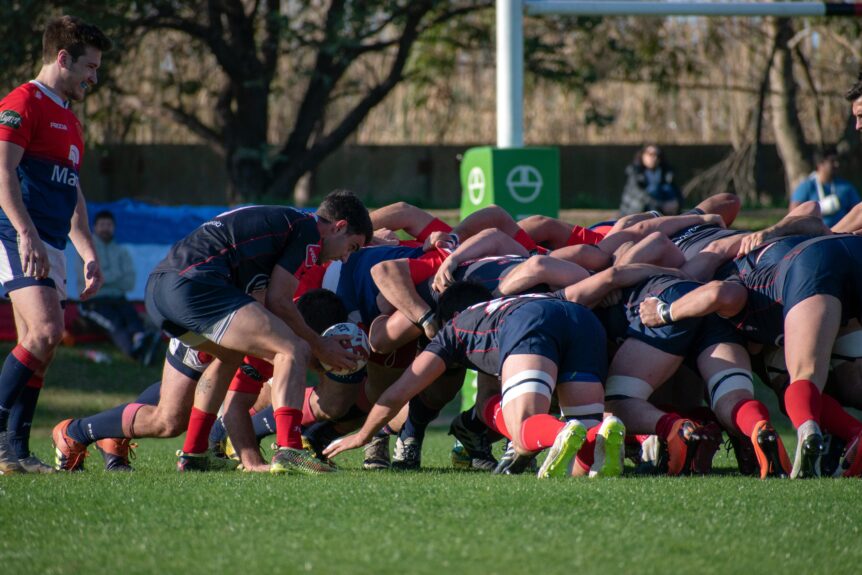Till, K. et al.
Eur J Sport Sci 1–15 (2023)
This study quantified and compared the collision and non-collision match characteristics across age categories (i.e. U12, U14, U16, U18, Senior) for both amateur and elite playing standards from Tier 1 rugby union nations (i.e. England, South Africa, New Zealand).
Two-hundred and one male matches (5911 min ball-in-play) were coded using computerised notational analysis, including 193,708 match characteristics (e.g. 83,688 collisions, 33,052 tackles, 13,299 rucks, 1006 mauls, 2681 scrums, 2923 lineouts, 44,879 passes, 5568 kicks).
Generalised linear mixed models with post-hoc comparisons and cluster analysis compared the match characteristics by age category and playing standard.
Overall significant differences (p < 0.001) between age category and playing standard were found for the frequency of match characteristics, and tackle and ruck activity.
The frequency of characteristics increased with age category and playing standard except for scrums and tries that were the lowest at the senior level.
For the tackle, the percentage of successful tackles, frequency of active shoulder, sequential and simultaneous tackles increased with age and playing standard.
For ruck activity, the number of attackers and defenders were lower in U18 and senior than younger age categories.
Cluster analysis demonstrated clear differences in all and collision match characteristics and activity by age category and playing standard.
These findings provide the most comprehensive quantification and comparison of collision and non-collision activity in rugby union demonstrating increased frequency and type of collision activity with increasing age and playing standard.
These findings have implications for policy to ensure the safe development of rugby union players throughout the world.

